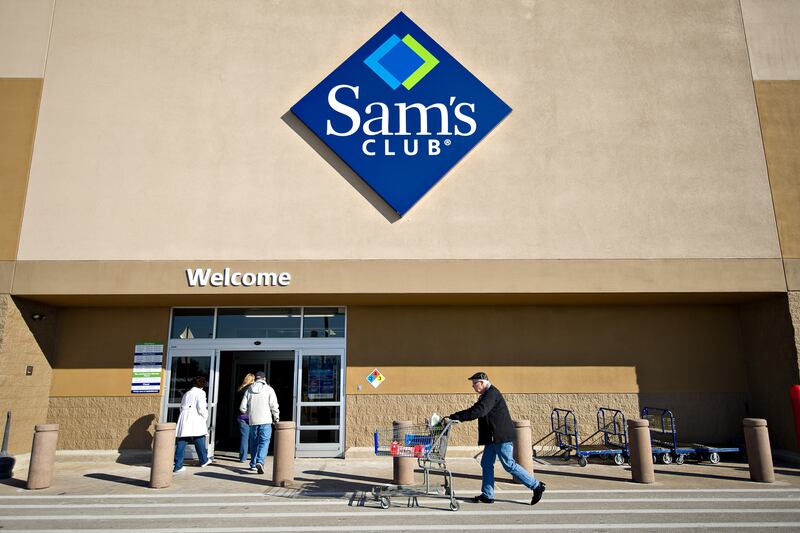Is there a constituency in today’s Republican Party that can challenge the Tea Party? Yes, but pundits are looking for it in the wrong place.

Since the government shutdown, the press has run endless stories with headlines like “Big Business Tries to Unseat the Tea Party” and “Wall Street Angry at Tea Party,” speculating that corporate America will lead the charge against Ted Cruz and company. The idea seems to be that the Chamber of Commerce and Business Roundtable can rouse an army of pragmatic, business-oriented Republicans against the fanatical Tea Party hordes.
The problem is that on the ground, there aren’t many pragmatic Republicans left. Two decades ago, moderate pro-business Republicans like Arlen Specter, Charles Mathias, Tom Kean, Jim Thompson, and Mark Hatfield flourished along the coasts and across the upper Midwest. Now the states they represented are dark blue. The GOP still contains lots of business people, but as the party has shifted south, it’s embraced the more stridently anti-government, anti-union business culture that thrives in Dixie. The decline of mainline Protestantism has also undermined this sort of prudent, empirically-minded Republicanism. Once upon a time, the GOP was populated by theologically moderate Episcopalians and Presbyterians. Now it’s dominated by theologically conservative evangelicals and Catholics. The profile of a business-oriented Republican today looks like more like George W. Bush than George H.W. Bush.
The Tea Party, in other words, isn’t the alternative to the GOP’s moderate, business wing. It’s the successor. Contrary to stereotype, Tea Partiers are fairly upscale. As the Pew Research Center noted earlier this month, Republicans and Republican-leaning Independents who identify with the Tea Party are eight percentage points more likely to have graduated college than those who don’t and six points more likely to earn above $75,000. When Pew divided Republicans into four categories in 2011, it found that the group most favorable to the Tea Party, “staunch conservatives,” was defined by its relative economic comfort.
At the grassroots, the key divide in today’s Republican Party isn’t between downscale Tea Partiers and affluent pro-business moderates. It’s between relatively affluent Tea Partiers, who want government radically downsized, and working-class conservatives who want government to help them get ahead, the people Ross Douhat and Reihan Salam called “Sam’s Club” Republicans. In the Obama era, these downscale whites have streamed into the GOP. In 2004, notes Pew, whites with a high school education or less leaned Republican by six points. By 2012, they leaned Republican by 16 points. In 2004, Democrats enjoyed a nine point advantage among whites who earned less than $30,000. By 2012, that margin was down to two points. You can see this shift in West Virginia, a low-education, low-income, historically Democratic state where Barack Obama in 2012 lost every single county.
Pew calls these white working class migrants into the GOP “disaffecteds.” Like Tea Partiers, they’re religious, oppose gun control, want tougher enforcement of America’s borders and take a dim view of the federal government. But unlike Tea Partiers, they’re not angry at the federal government because they see it as a leviathan crushing their economic freedom. They’re angry because it’s not an effective ally in their economic struggles. Ninety-six percent of “staunch conservatives” favor a smaller government that provides fewer services over a larger one that provides more services. But among “disaffecteds,” there’s an almost even split. Among “staunch conservatives,” the deficit represents the biggest economic worry, by far. Among “disaffecteds,” it’s rising prices and the lack of jobs.
Rallying these Sam’s Club Republicans against the Tea Party isn’t easy. For starters, they’re less politically active. When the political scientist Alan Abramowitz surveyed Republicans in 2011, he found that while Tea Partiers made up only 45 percent of the respondents, they constituted 73 percent of those who had recently attended a political rally. Sam’s Clubbers are also uncomfortable allies for the big-business types now seeking to rein the Tea Party in. They might not want to shut down the government or default on America’s debt, but they’re even more skeptical than Tea Partiers of open immigration and free trade. To defeat Ted Cruz and Mike Lee, in other words, the Chamber of Commerce and Business Roundtable might have to back candidates who bear a passing resemblance to Pat Buchanan or Ross Perot.
None of this is likely by the midterms next year. The real question is whether in 2016 the GOP can field a presidential candidate able to attract elite corporate and Wall Street support while also crafting a message that appeals to those downscale Republicans who want government on their side, not out of their way. Such a candidate would have to pull off the Republican equivalent of what Bill Clinton achieved in the Democratic primaries in 1992, when he funded his campaign via the business-oriented Democratic Leadership Council yet won the votes of both African Americans and blue collar whites, thus marginalizing the liberal activists who distrusted him. If I were Chris Christie, I’d start shopping at Sam’s Club now.






